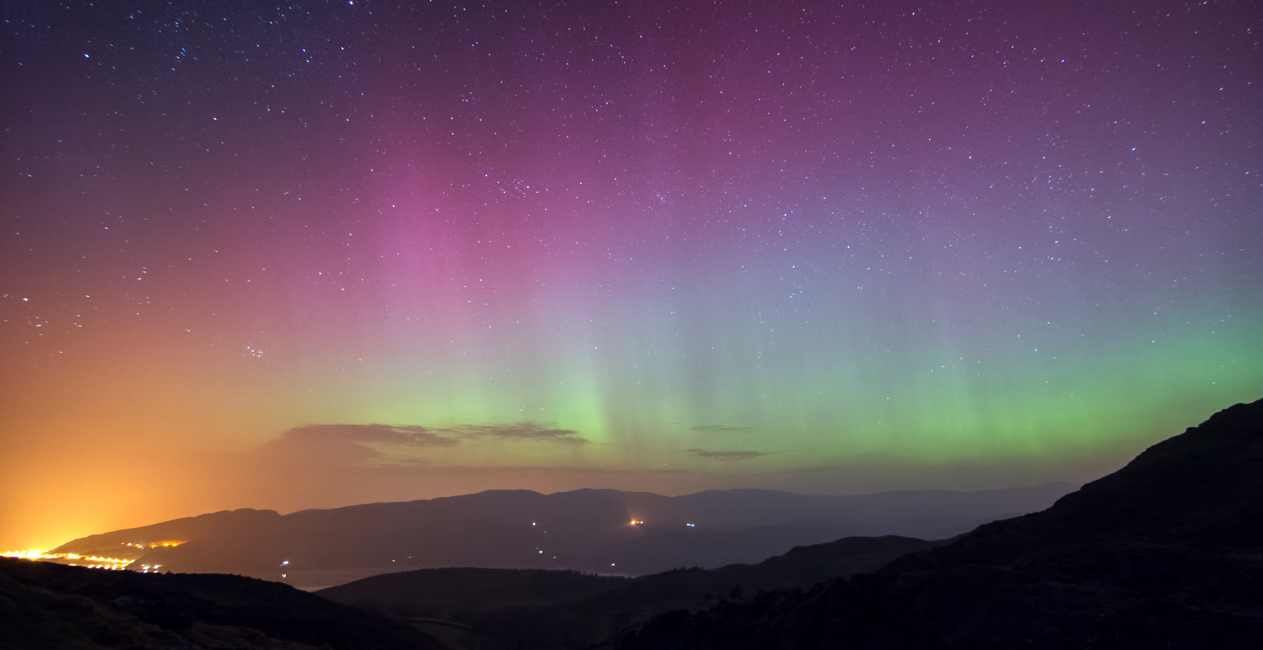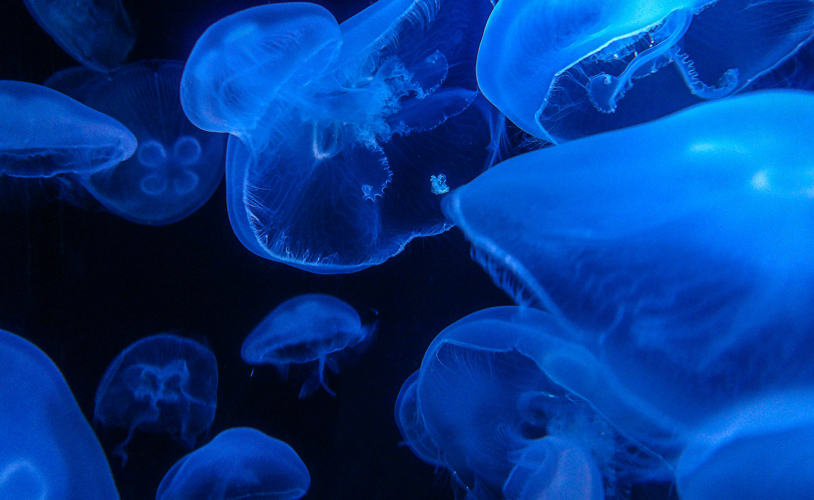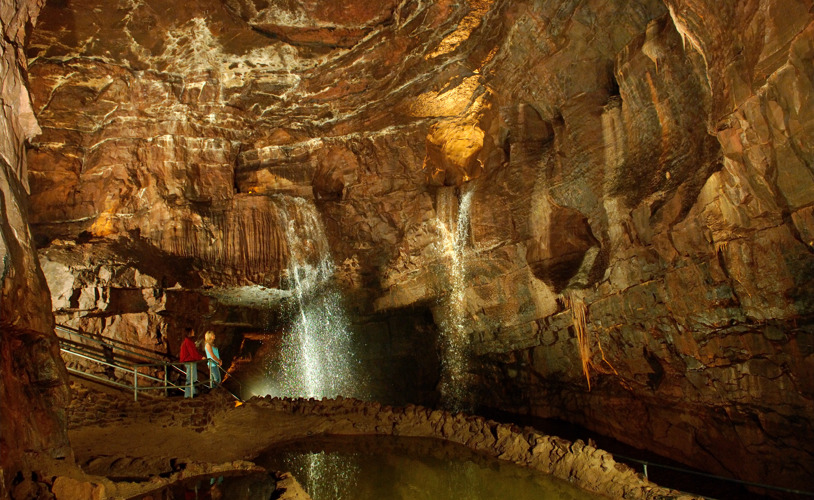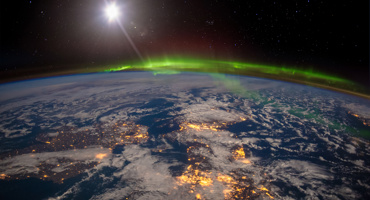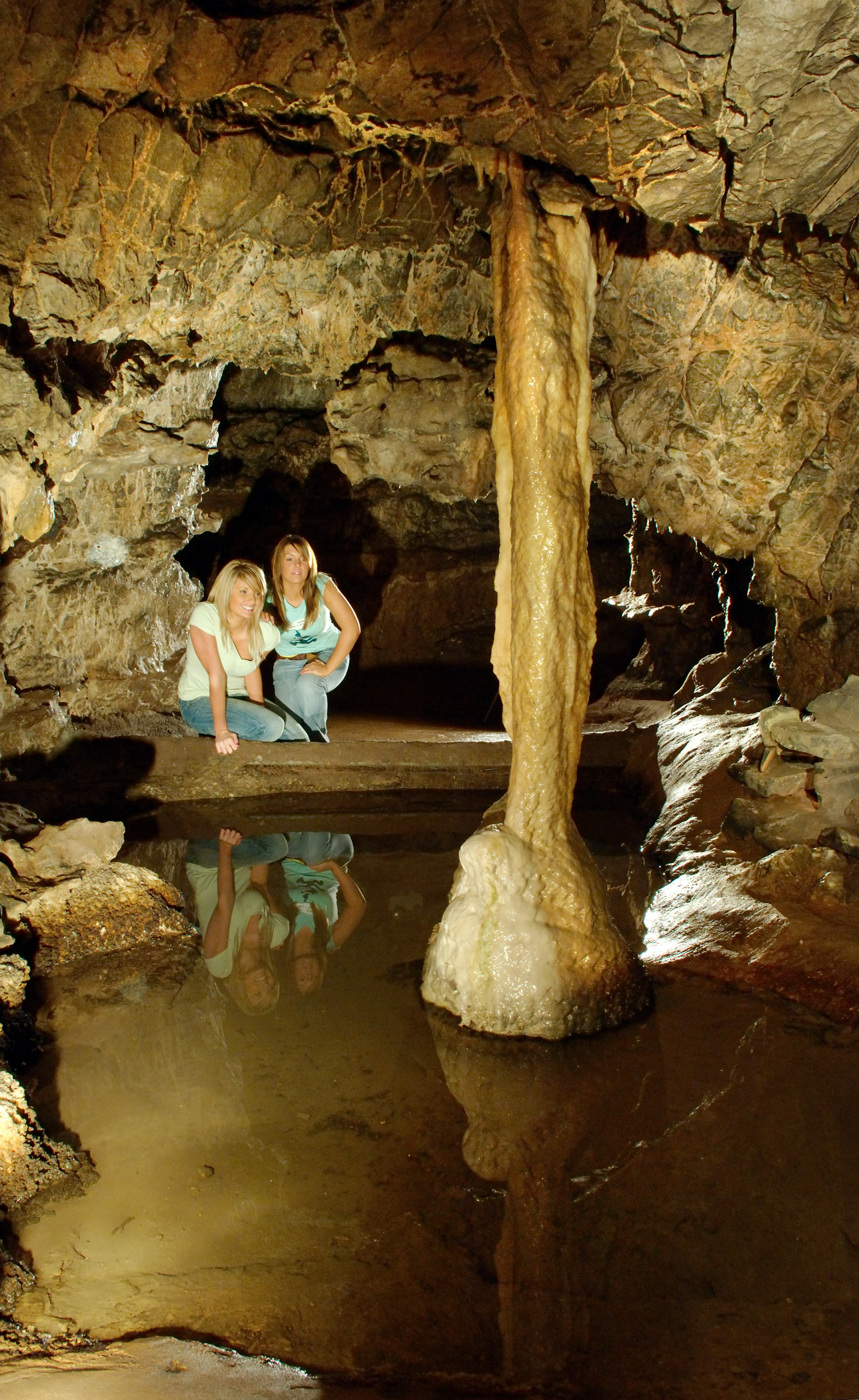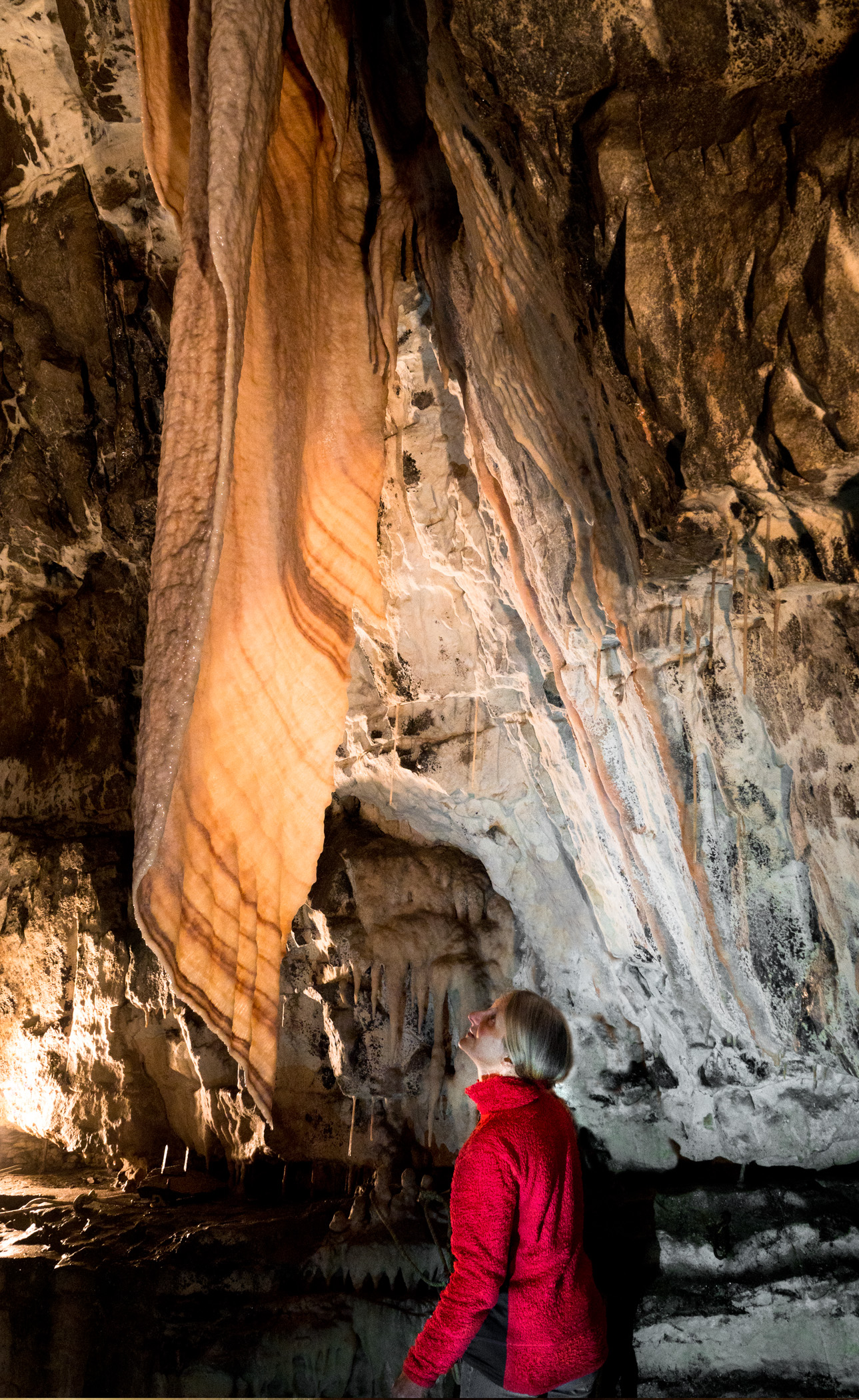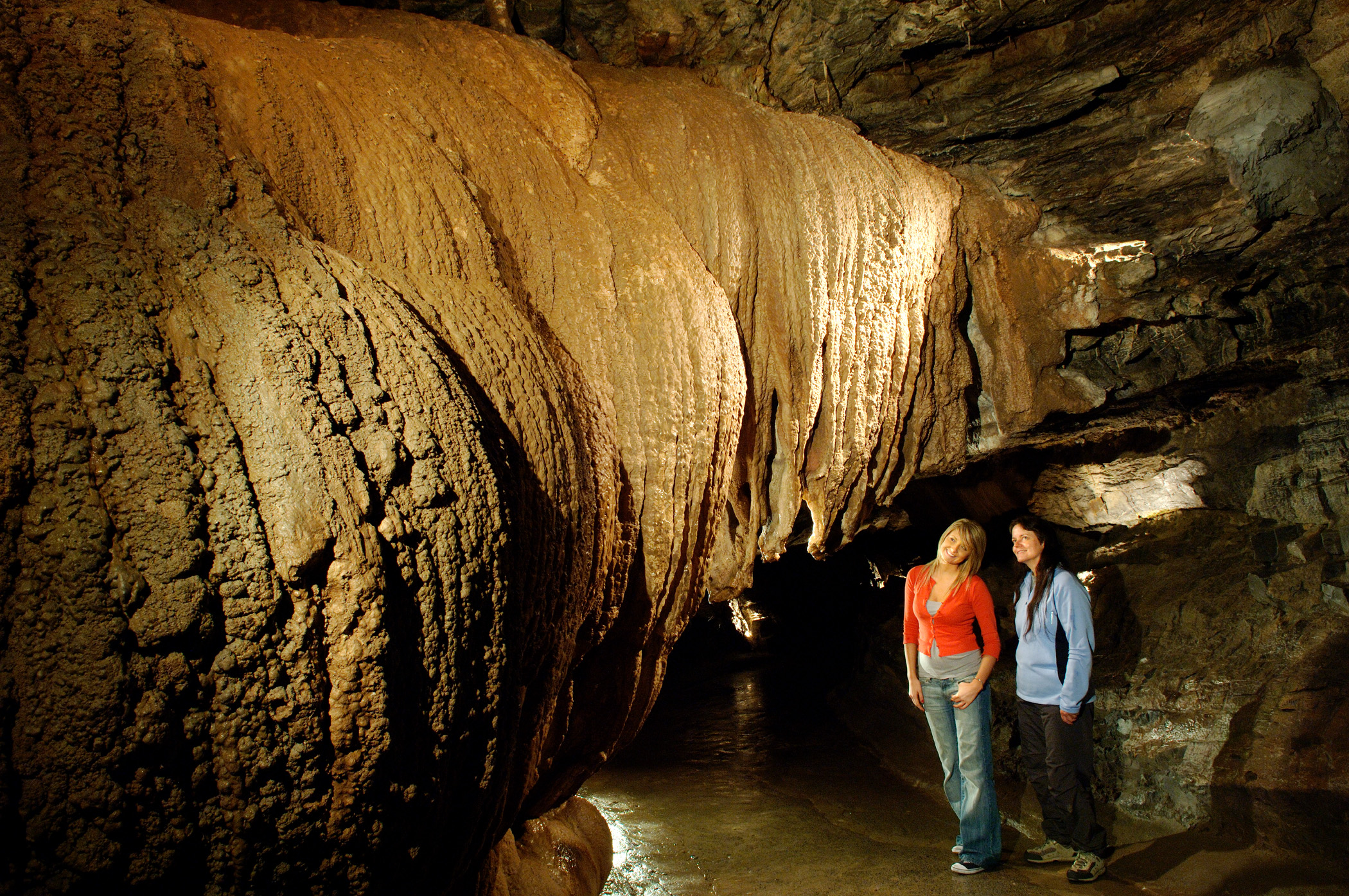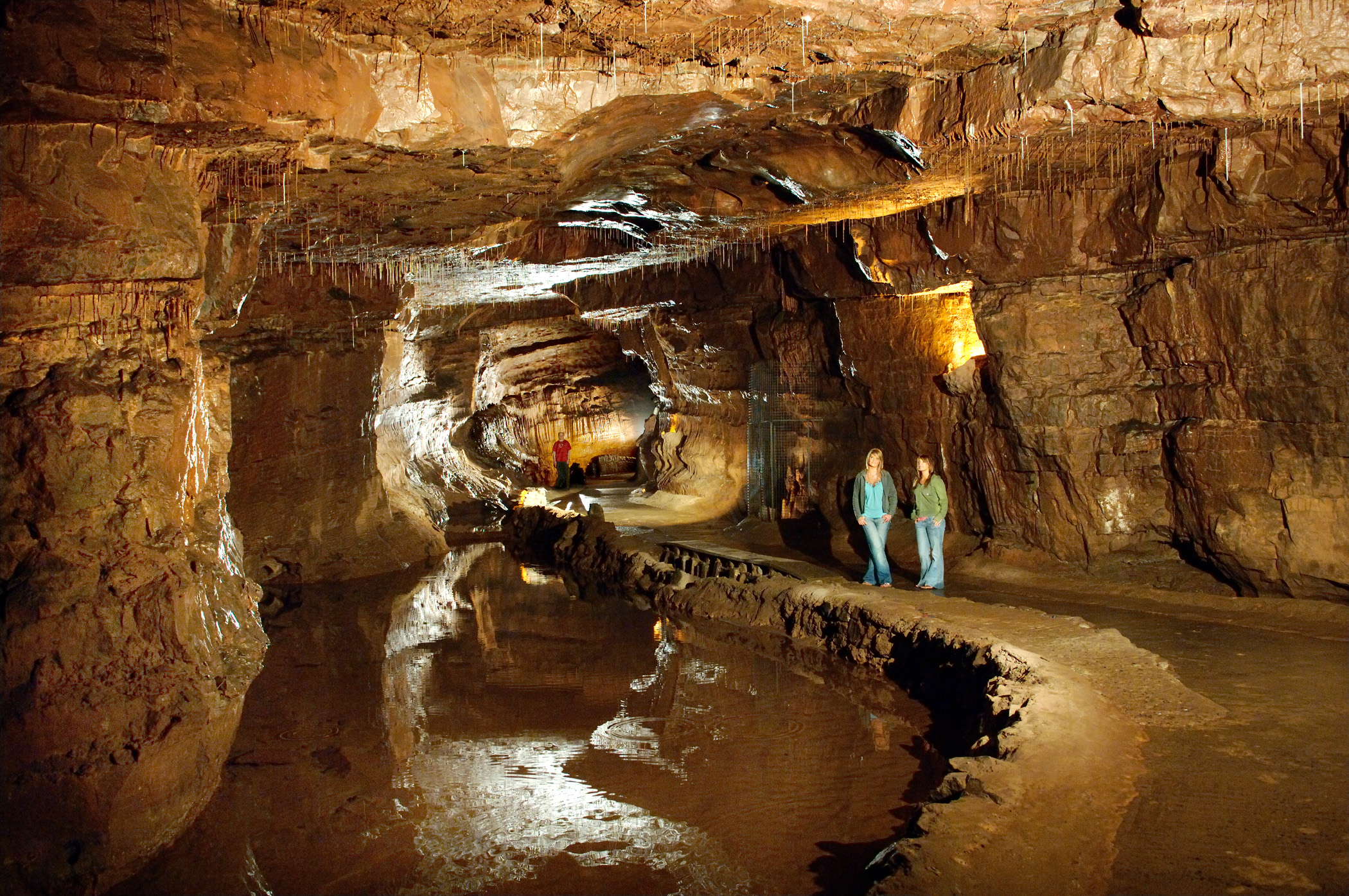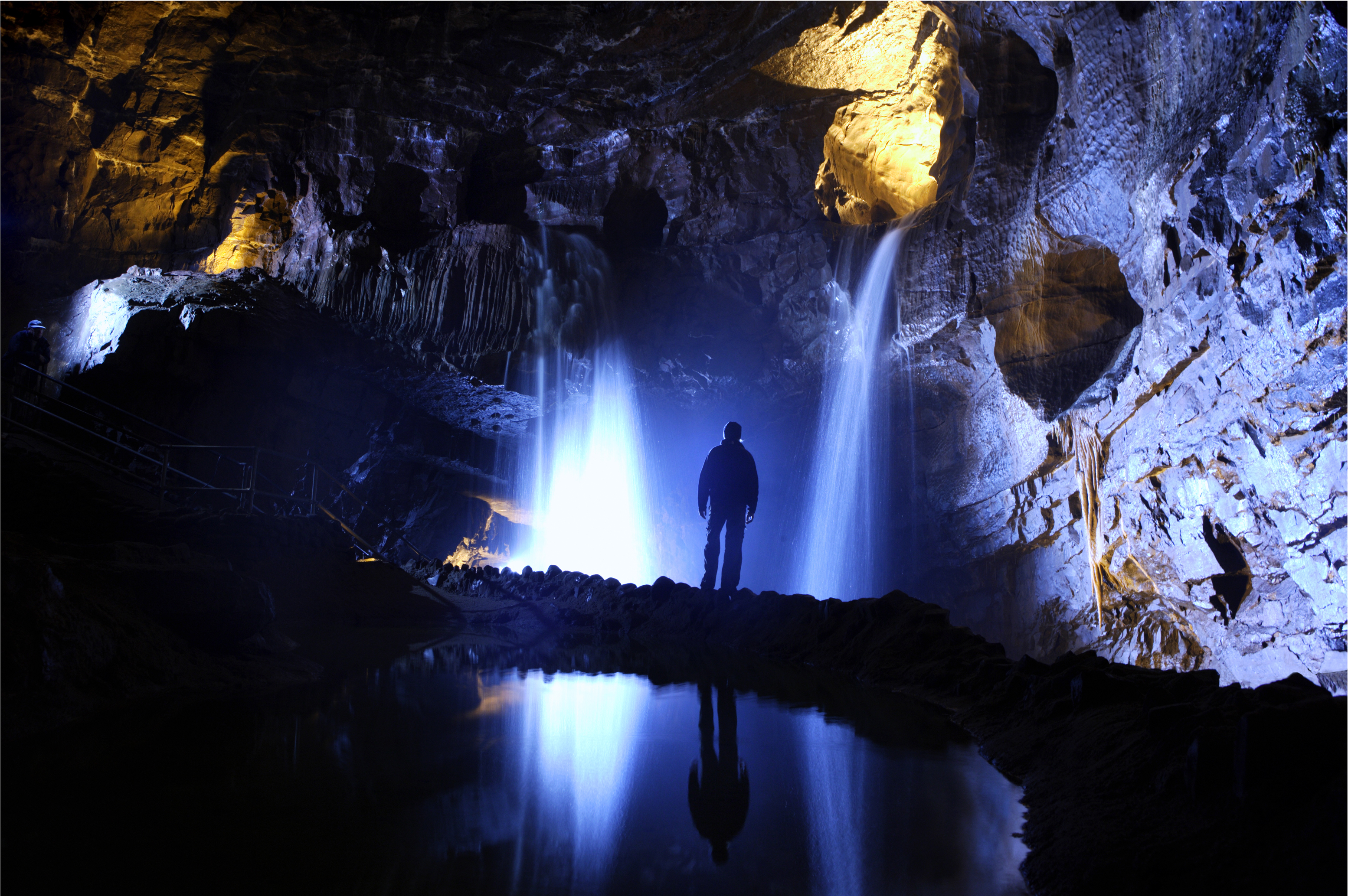Off the Welsh coast in recent years, clouds of plankton have been seen to create a bright blue light.
The scientific name for these incredible natural phenomena is biomluminescence.
The bright blue light is created by millions of plankton. Look at a video by Kris Williams of Beaumaris showing this in Penmon, Anglesey. The pictures are from Aberavon beach.
https://www.walesonline.co.uk/news/wales-news/stunning-pictures-capture-glowing-plankton-14933885
What is biomluminescence?
It helps if we look at parts or the word:
bio = life
lumen = a Latin word for ‘light’
esence = another word from Latin, meaning the state or process of being
The plankton don't light up all the time. During the day, they look brownish, a bit like a rust, but at night, when the water is moved in some way, they light up.
The plankton produce light in order to defend themselves; they try to attract predators to whatever is trying to eat them. To produce the light the plankton use a chemical called luciferin.
When does bioluminescence occur?
It usually occurs in the tropics, where the water is always warm. But, with climate change, as water temperatures rise, this natural phenomenon is also found on the seaside in Wales.
During a very hot period, as happened in the summer of 2018, warm seawater is an ideal place for plankton to grow. The long sunny days provide the energy needed to light up at night.
Therefore, it is highly likely that we will see more and more of the bright blue light of plankton in Wales in future!
